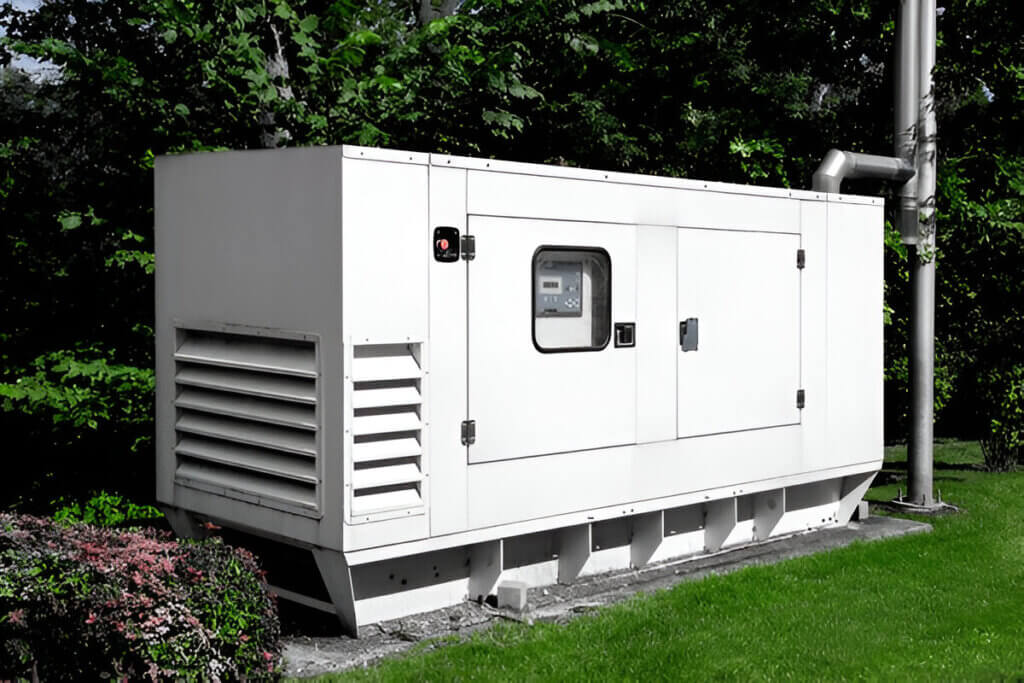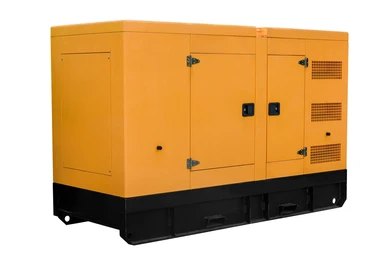Transporting and installing a diesel generator requires careful planning and adherence to safety protocols to ensure a seamless and risk-free process. Whether you’re working with a Caterpillar generator company (source) or handling other models, proper preparation is key. This guide will walk you through the essential steps to safely transport and install a diesel generator.
1. Pre-Transportation Preparation
Before moving your diesel motor generator (source), inspect it thoroughly for any visible damage. Ensure all components are securely fastened and confirm that the generator has been properly drained of fuel to comply with transport regulations.
Key Checklist:
- Inspect for physical damage.
- Disconnect all power sources.
- Drain fuel and oil to avoid leaks.
- Secure loose parts to prevent movement during transit.
2. Choosing the Right Transport Method
The size and weight of the generator play a significant role in determining the transportation method. Use heavy-duty trucks equipped with hydraulic lifts to handle large or industrial-grade generators, such as Cummins generators in Canada (source). Smaller units, like portable or used generators for sale (source), can often be transported in smaller vehicles with proper restraints.
Safety Measures During Transport:
- Use a generator enclosure (source) to protect the unit from external elements.
- Ensure the generator is secured with straps and padding to prevent shifting.
- Adhere to weight restrictions and road safety regulations.
3. Site Preparation Before Installation
Before installation, prepare the site to accommodate the generator’s weight and operational requirements. The surface should be level and capable of supporting the generator’s load. Additionally, confirm that the area has adequate ventilation, especially for diesel-fueled generators (source).
Factors to Consider:
- Ground leveling and load-bearing capacity.
- Proximity to the main power supply.
- Compliance with local building and environmental regulations.
4. Installing the Generator
Installation involves precise positioning, secure anchoring, and professional electrical connections. If you’re installing a generator purchased from a generator for sale (source), consult the manufacturer’s guidelines or hire a certified technician to handle the setup.
Installation Steps:
- Position the generator on the prepared surface.
- Install the generator enclosure (source) to minimize noise and protect it from weather conditions.
- Connect the generator to the main power system following local codes.
- Test the generator to confirm proper functionality.
5. Post-Installation Checklist
After installation, conduct a final inspection to ensure everything is secure and operational. Regular maintenance and monitoring are essential to prolong the life of your generator and ensure optimal performance.
Final Checks:
- Inspect all connections for leaks or faults.
- Verify fuel levels and refuel as needed.
- Test the generator under load conditions.
- Document installation details for future reference.
Conclusion
Transporting and installing a diesel generator is a complex process that requires careful planning and execution. By following these steps and leveraging quality products from trusted suppliers like BC Generators, you can ensure a safe and efficient setup. Whether you’re considering a used generator for sale (source) or investing in a new diesel motor generator (source), prioritize safety and professional expertise for the best results.





